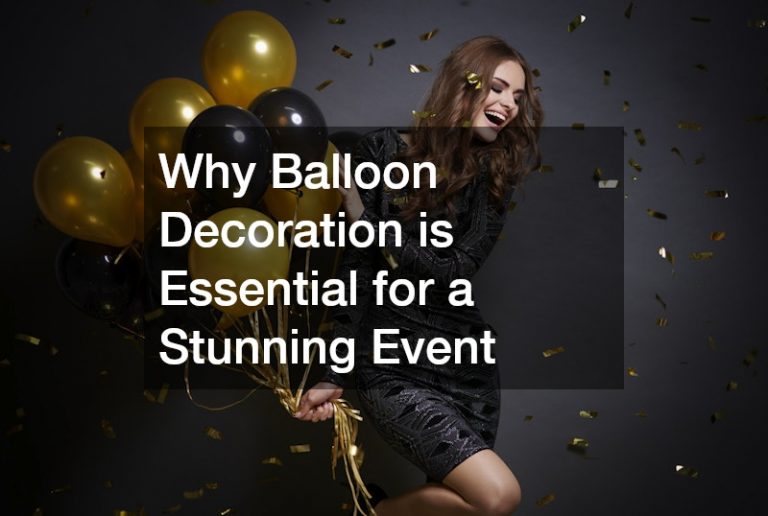After months of pining over your manuscript, you’ve finally finished writing the final chapter. Now, the next step is to get it published. Read on to learn more about the different publishing methods:
What’s Your Genre?
It’s something you should think about once you are ready to get published. At some point in the process, you’ll have to describe to someone what your book is like. You’ll find it easier to explain what your book is about if you are aware of the genre it belongs to. Knowing the book’s genre will help you find its potential readers.
Once you’ve identified its genre, study the market. Read books within the same category, especially new releases. Delve into other art forms as well, like movies. Most likely, you already have a head start when it comes to this because most people tend to write what they read. You are writing a spy thriller novel because you are a spy thriller aficionado. Reading published works in your chosen genre will help you identify current trends, plotlines that work, and writing styles to emulate. You can use this knowledge to improve the quality of your writing.
Market knowledge will also help you pitch your work to a potential agent and publisher. That is if you are interested in publishing the traditional way. For instance, you can say that the novel has a Game of Thrones vibe, except it’s happening in outer space. Even if you prefer self-publishing, it will still help that you convince bookshops to sell your work. It will also be easier to attract readers in your target genre.
Once you’re ready to publish, familiarize yourself with various publishing methods. Take a look at the brief guide below.
Supported Self-publishing
Companies that help you self-publish offer a selection of packages consisting of publishing services. For example, one package may offer cover design, typesetting and layout, and proofreading services, while another offers distribution, marketing, and comprehensive editing. The price will depend on the contents of your chosen package.
This is perfect for those who want to retain the rights to their book but also want professionals to take a look at it first before it gets to the hands of the reader. It may also curb overspending because package prices have been predetermined.

Do-it-yourself Publishing
It is a form of self-publishing where the writer has complete control of every aspect of the process. You’ll be the one doing all the work, from formatting to marketing and distribution. Consider this option if you enjoy having sole control over a project, but it will also require prior knowledge about the publishing process.
General Contractor Publishing
It’s a form of self-publishing where you outsource some of the tasks to independent contractors. This will work best for those who want to retain book ownership but are not knowledgeable about each step involved in publishing. This option allows you to choose the aspects you want to delegate and the ones you want to handle on your own.
If you choose this, divide publishing tasks into three groups: the ones you can do, the ones you can learn to do, and those that are outside your skill set. Hire contractors for all the tasks you can’t perform and research about those you want to learn about.
Traditional Publishing
Most publishers will not accept direct submissions from an author, so you need to get an agent first. Get noticed by a literary agent by sending a query letter together with the synopsis and sample chapter. Afterwards, your agent will send the manuscript to publishers on your behalf. They will handle contract negotiations and get you the best possible deal.
The publisher buys the rights to publish your work so that you will not be solely responsible for the project. For instance, they’ll have a say on the cover and editing. But you’ll be given money upfront for the rights, and they’ll shoulder the cost of almost all aspects, including printing and marketing.
Now that you know about the different ways to get published, carefully choose the one that’s right for you and your book. Each method has its own advantages, so you have a tough decision to make. This guide will help you make an informed decision.



